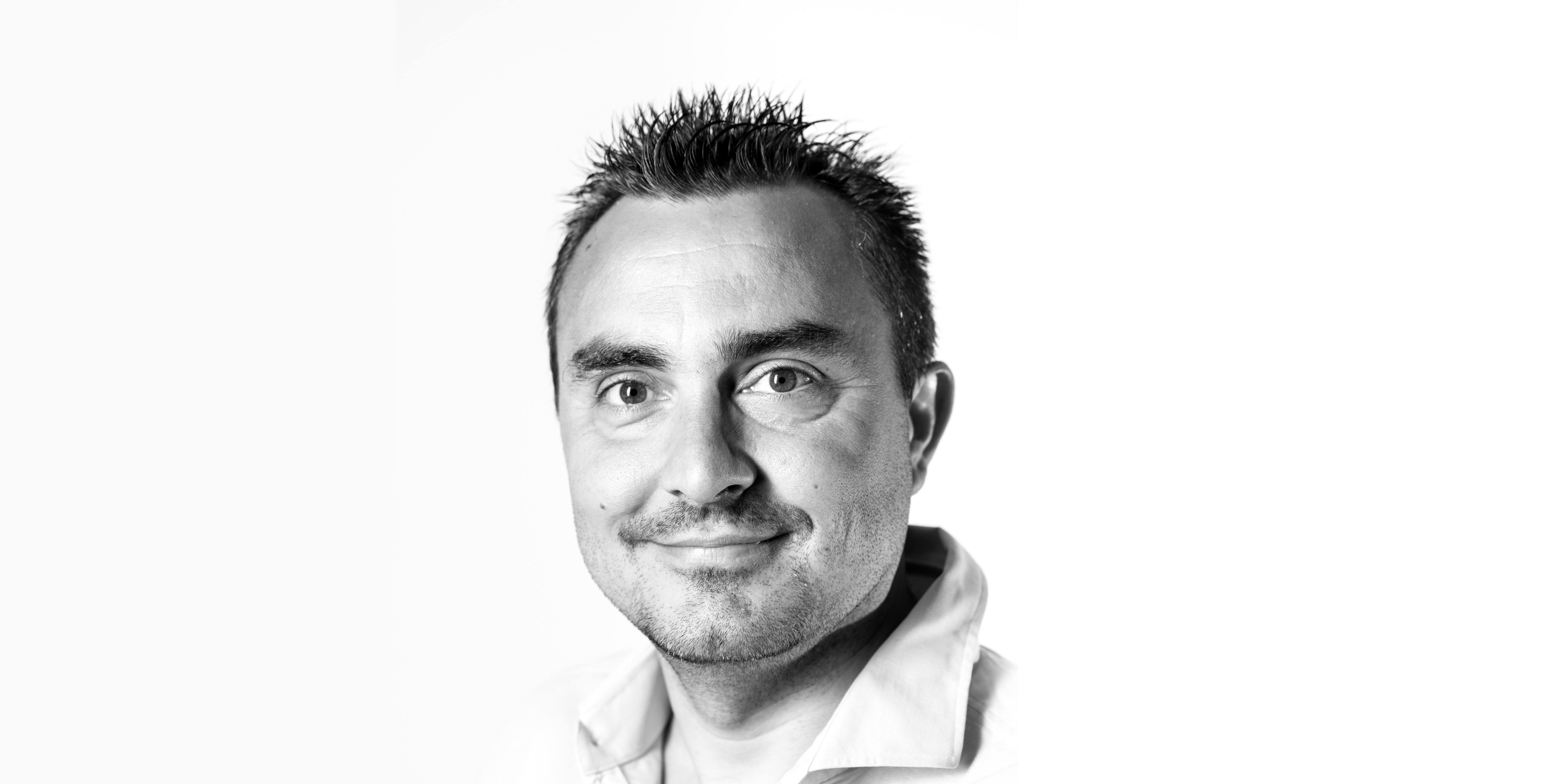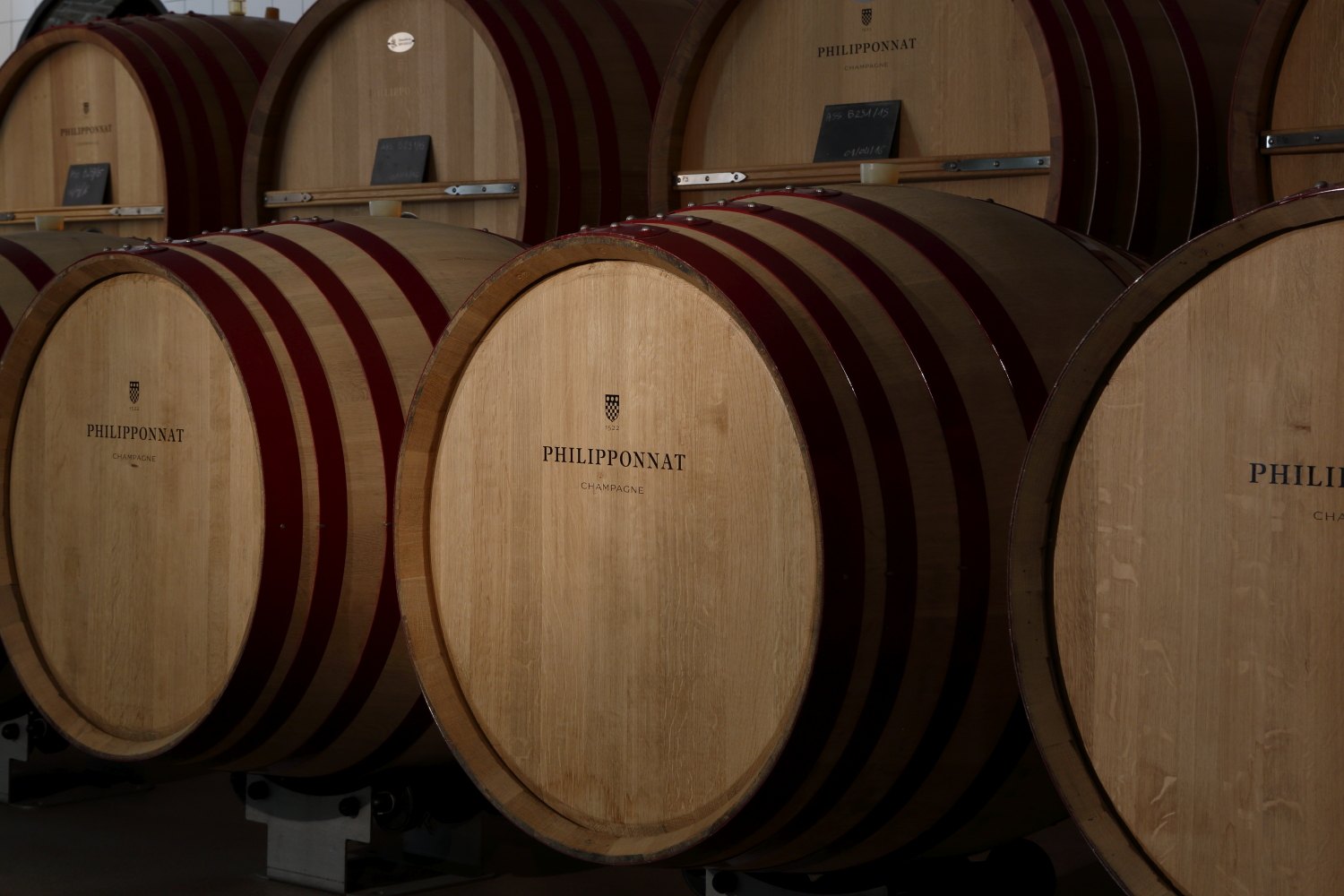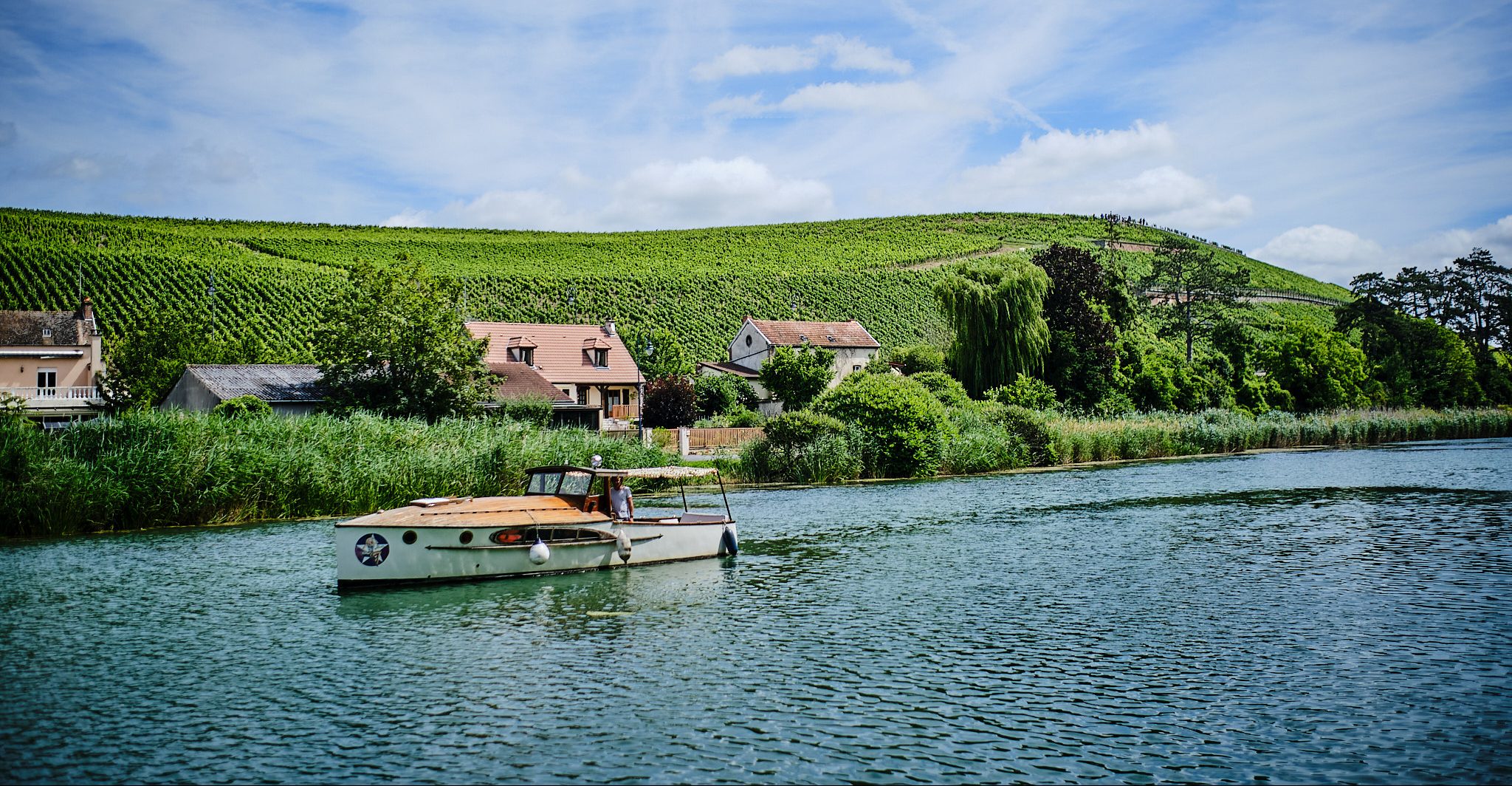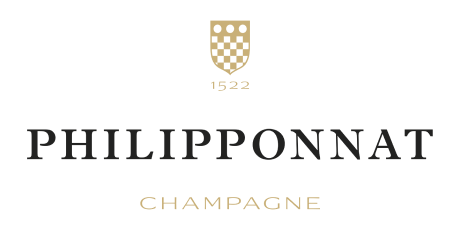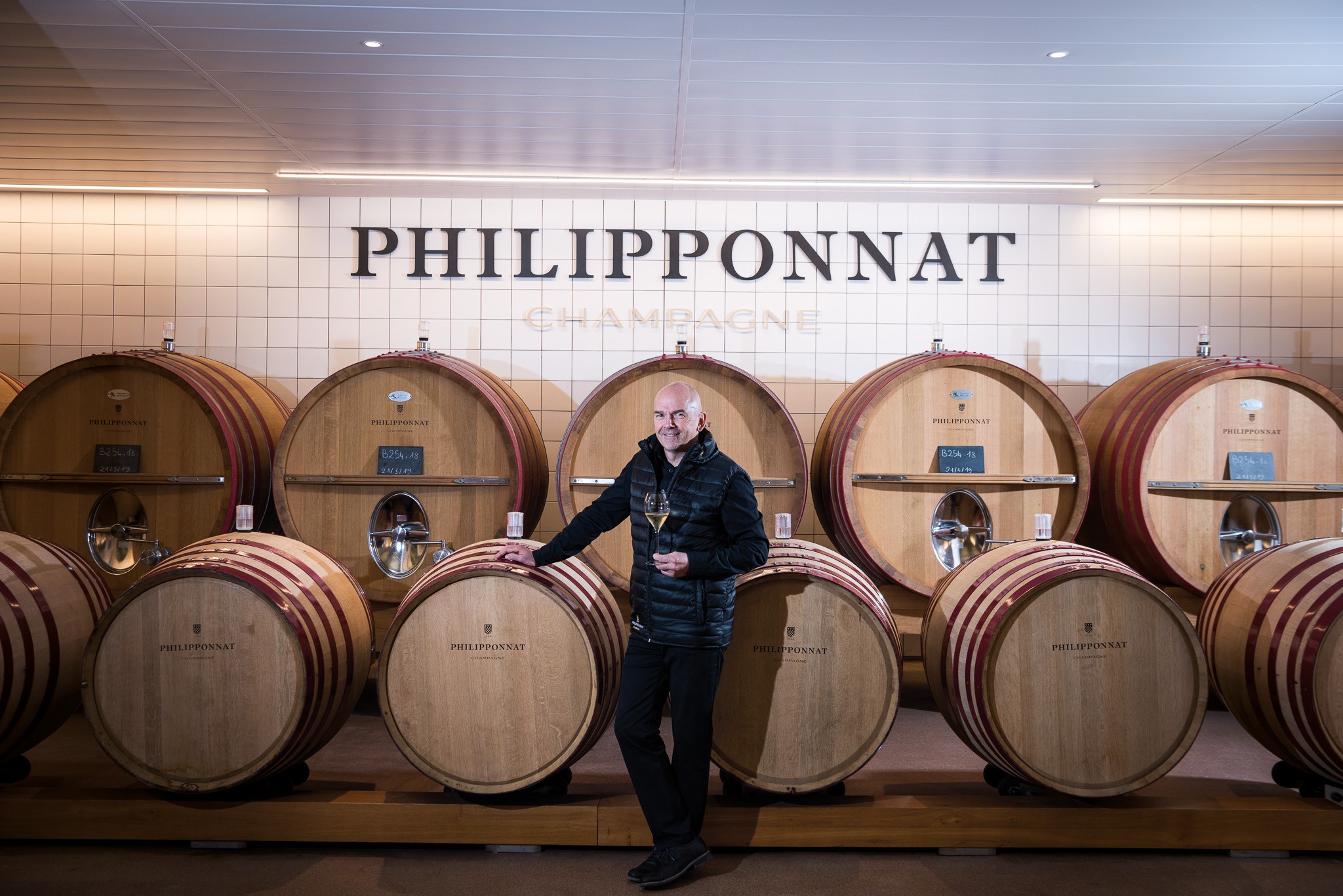
Interview with Thierry Garnier, Chef de Caves, part of the commitment to constant renewal and quality of Philipponnat Champagnes
Thierry, you have been the Chef de Caves at Philipponnat since August 1993: You recently celebrated your 30th anniversary at the Maison. What does that mean to you?
It gives me a certain pride, a way of recognizing the professional qualities that echo the vision and the Champagnes of House Philipponnat. It’s not a personal pride, it’s a team effort whose results are slowly revealed over the course of years: the quality of our Champagnes is gaining recognition, as witnessed in the latest article in the Revue des Vins de France which honours Philipponnat. Throughout the years, since I arrived at Philipponnat when I was barely 30 years old, I have been able to contribute to the development of our production process, to the creation of new cuvées, to the improvement of older cuvées… Even after 30 years, you never see the same vintage twice, it’s really quite extraordinary!
How do you manage to maintain the distinctive Philipponnat style while still being innovative, both in the historic cuvées and in the more recently created ones?
All our actions are guided by a constant quest of perfection, and that translates across all our cuvées. The House seeks to express the singularity of its terroirs, and each cuvée is created to reflect the richness of the Champagne region and the House’s experience and expertise. In a House that has spanned more than 500 years, we are constantly innovating: the Champagnes made when the Philipponnat was founded are nothing like those of today. What connects them is this concern for quality, and the House’s spirit of innovation. For example, since my arrival at Philipponnat, we have created the Blanc de Noirs cuvée. The idea was to sublimate the Pinot Noir, initially used as a blending component in other cuvées, because it has so much to say with its own aromas and unique notes. It’s the same grapes, but the way we use them is different and evolves with time. But innovation is not just about creation: it is also about improvement. Our non-vintage Royale Réserve Brut has gained structure and aromatic complexity, because one day we took the risk of creating a wine without malolactic fermentation before blending to conserve a certain freshness, all while incorporating oak in the vinification which lends it a beautiful structure on the palate. The art of Philipponnat Champagne is constant evolution, not a revolution.
“In perpetual motion”, that’s how Maison Philipponnat defines itself. How is that illustrated in your day-to-day role?
It’s the need to be in constant adaptation, every day, both in the vines and in the cellars. The next 500 years will look nothing like the last 500 years. Even in 30 years, it will be very different. We must make progress with climate and social issues. Ways of working will evolve, and our capacity to master this change is probably the greatest challenge we will face.
Our relationship with time is “out of time”, you might say, with today’s society. For our Champagnes, at least three to four years of work are required to create a cuvée: there is no immediacy. We are on a long-time frame. Therefore, we have to anticipate and always adapt.
